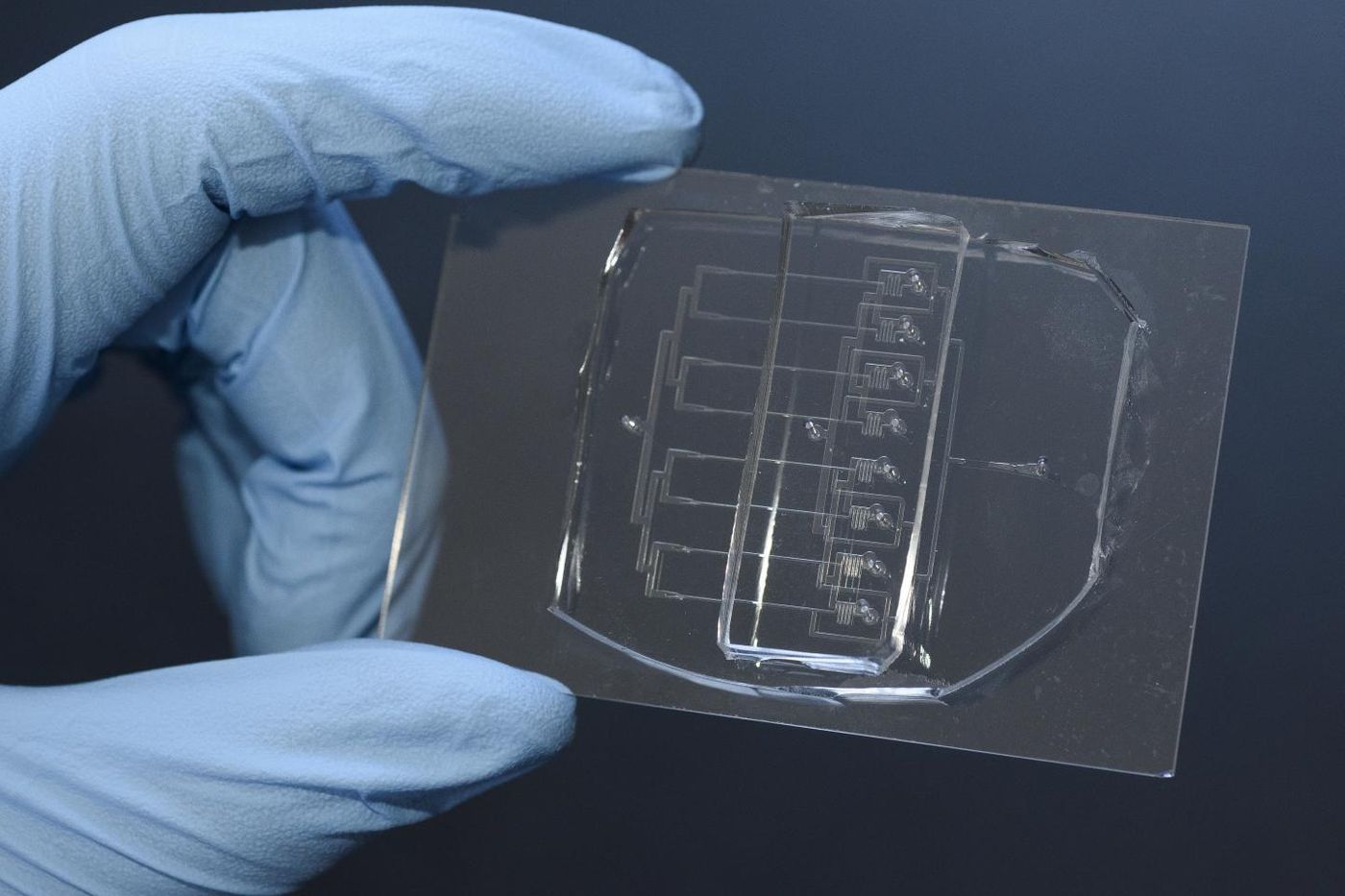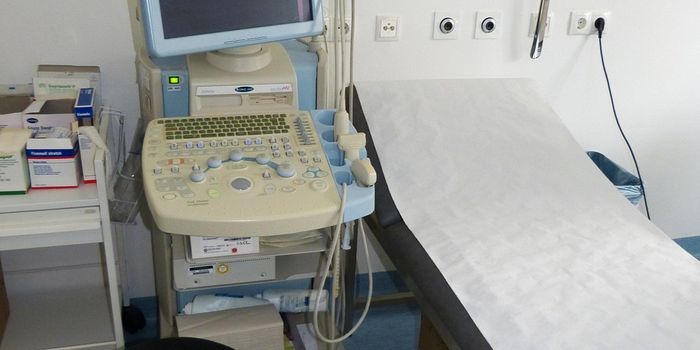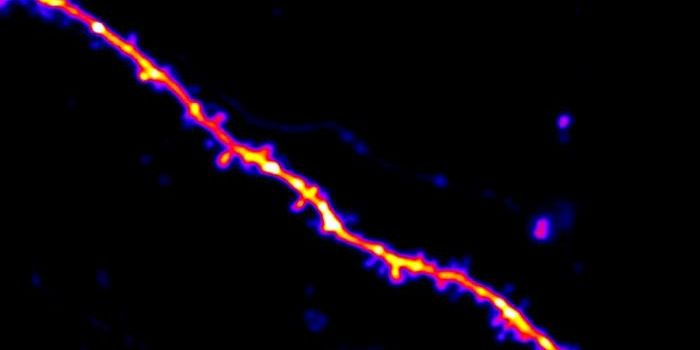A Cellular Guillotine for Studying Regeneration
Not many organisms can heal themselves; it’s an ability most would like to have and researchers have been trying to understand it. One such organism is Stentor coeruleus, which only consists of one cell that can grow two new healthy cells when cut in half. To take full advantage of the opportunities such an amazing animal presents, investigator Sindy Tang and her team came up with a new machine.
"It is one of the Holy Grails of engineering to make self-healing materials and machines," said Tang, an Assistant Professor of Mechanical Engineering at Stanford University. "A single cell is analogous to a spacecraft - both have to figure out how to repair damage without anyone's help from the outside."
It’s not so easy to just cut cells into two parts though. Typical techniques take around three minutes for one cell, and most experiments require not tens but hundreds of cells. Reporting in the Proceedings of the National Academy of Sciences, the scientists have engineered a guillotine to slice cells in half. A cell gets pushed into a tight channel, then directly into a blade, and the cell gets cur evenly in half (as seen in the above video). This new method has a similar survival rate as the old technique, but does it about 200 times faster.
Scientists were limited because of the tedious work, so the researchers hope this tool will spark development in the field of self-healing materials.
"Cutting a single cell by hand takes about 3 minutes if you're good at it, and even if you're good at it, you can't always cut the cell equally in half. This method has not changed for over 100 years," said lead author Lucas Blauch, a graduate candidate in the Tang lab. "We knew that our lab's expertise in microfluidics would allow us to create a device to do that much faster."
The old methodology took so long that by the time enough cut cells were generated to get on with an actual experiment, the cells that had been cut first were already starting to heal or change. Only 100 cells could be cut in around five hours. Now, by scaling up Tang’s guillotine and running eight channels of cells at once, the precise slicing of about 150 cells in a little over two minutes can be achieved. The more standardized cuts created a more synchronized population of cells to use for more reliable results.
Now, Tang and her group are prepared to dive into questions about how these cells are able to heal themselves. "From the engineering perspective, we hope to be able to extract basic principles from our studies, and apply them to engineering design to make self-healing materials and machines," she concluded.
Sources: AAAS/Eurekalert! via Stanford University, PNAS









